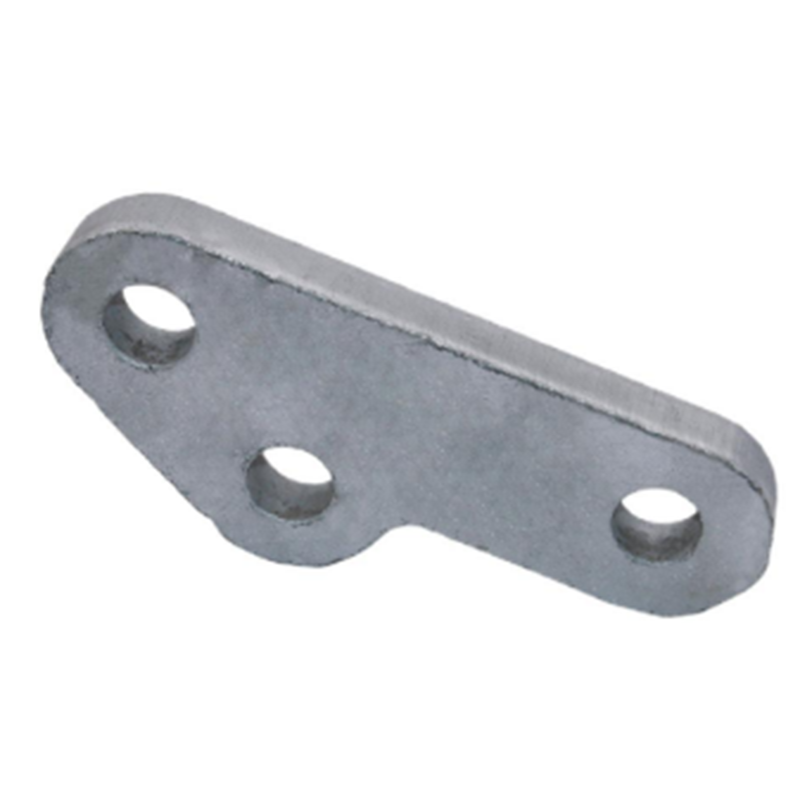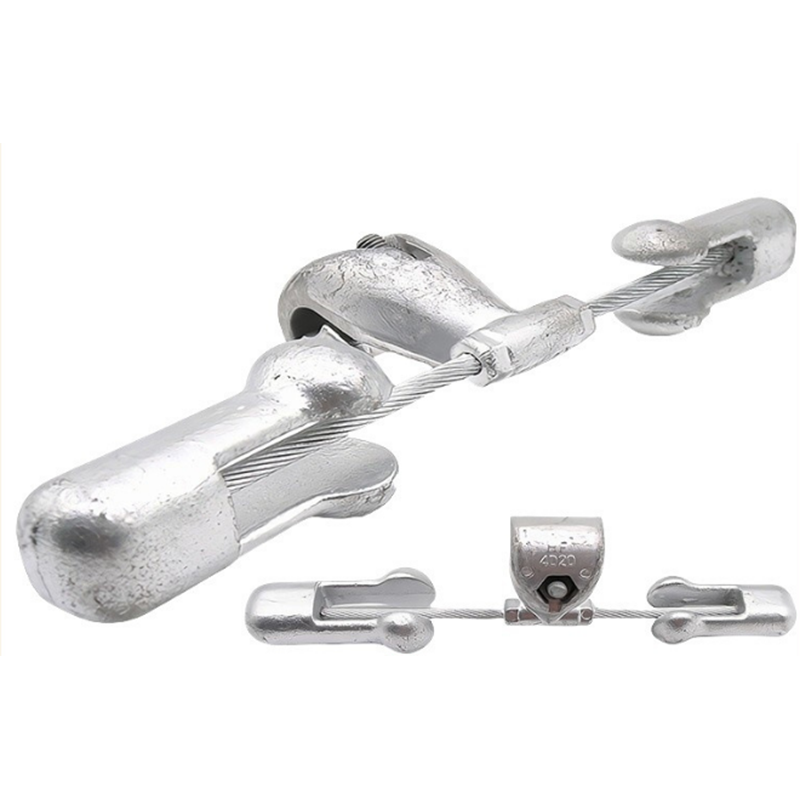- Chinese
- French
- German
- Portuguese
- Spanish
- Russian
- Japanese
- Korean
- Arabic
- Irish
- Greek
- Turkish
- Italian
- Danish
- Romanian
- Indonesian
- Czech
- Afrikaans
- Swedish
- Polish
- Basque
- Catalan
- Esperanto
- Hindi
- Lao
- Albanian
- Amharic
- Armenian
- Azerbaijani
- Belarusian
- Bengali
- Bosnian
- Bulgarian
- Cebuano
- Chichewa
- Corsican
- Croatian
- Dutch
- Estonian
- Filipino
- Finnish
- Frisian
- Galician
- Georgian
- Gujarati
- Haitian
- Hausa
- Hawaiian
- Hebrew
- Hmong
- Hungarian
- Icelandic
- Igbo
- Javanese
- Kannada
- Kazakh
- Khmer
- Kurdish
- Kyrgyz
- Latin
- Latvian
- Lithuanian
- Luxembou..
- Macedonian
- Malagasy
- Malay
- Malayalam
- Maltese
- Maori
- Marathi
- Mongolian
- Burmese
- Nepali
- Norwegian
- Pashto
- Persian
- Punjabi
- Serbian
- Sesotho
- Sinhala
- Slovak
- Slovenian
- Somali
- Samoan
- Scots Gaelic
- Shona
- Sindhi
- Sundanese
- Swahili
- Tajik
- Tamil
- Telugu
- Thai
- Ukrainian
- Urdu
- Uzbek
- Vietnamese
- Welsh
- Xhosa
- Yiddish
- Yoruba
- Zulu
- Kinyarwanda
- Tatar
- Oriya
- Turkmen
- Uyghur

How do socket cover screws impact sustainability?
2025-10-01
Socket cover screws, while seemingly minor in the grand scheme of building components, can have a surprising impact on sustainability. Their influence ranges from material choices to lifecycle considerations, affecting both environmental outcomes and cost efficiency.

The Hidden Significance of Material Choice
When we talk about sustainability, the material of the socket cover screws is often overlooked. It’s easy to think nails or beams carry all the weight, but these little components matter. For example, at Shengfeng Hardware Fastener Factory, where we manufacture fasteners including these screws, we’ve found that choosing recyclable materials can significantly cut waste.
The choice between stainless steel and ordinary steel may just seem a matter of cost and aesthetics, yet it has deeper ramifications. Stainless steel, being more durable and less prone to corrosion, inherently extends the lifecycle of the product, reducing the need for frequent replacements.
Furthermore, sourcing materials responsibly, as practiced in our Handan factory located conveniently near major transport routes, diminishes carbon footprints associated with long-haul deliveries. This often-overlooked step can scale up when you’re producing millions of fasteners annually.
Role in Lifecycle Management
Lifecycle management isn’t just a buzzword; it plays out in how durable we manufacture our socket cover screws to be. The idea here is simple: the longer the screws last, the fewer are needed over time. Less frequent replacements mean fewer resources consumed—a direct line to sustainability.
However, achieving this in practical terms poses challenges. It often comes down to precision in manufacturing and quality control, ensuring every screw produced at our factory lives up to expectations. Miss this mark, and you negate the sustainability gains.
One promising approach we’ve integrated at Shengfeng is investing in efficient manufacturing technologies. By reducing waste in our processes, both literally and energy-wise, we move closer toward a more sustainable operation overall.
Installation and End-of-life Factors
The ease of installation also ties neatly into the sustainability equation. Engineers and builders we supply often mention how a well-designed screw reduces installation time and error rates—less tool wear and tear, lower labor costs, fewer wasted components.
Yet, in the realm of fasteners, end-of-life isn’t often addressed. Can these screws be recycled at the end of their utility? In our factory, we’re exploring partnerships with recycling firms to close this loop, an evolution from simply selling to truly securing the lifecycle.
It’s about creating systems that make recycling feasible, even profitable. As part of our operational plans, being on National Highway 107 offers logistical ease in retrieving old components from various collection points.
Challenges in Achieving Full Sustainability
Achieving full sustainability in socket cover screws isn’t straightforward. The challenges range from variable market demands to the inconsistency in raw material supplies. Each batch could tell a different sustainability story, contingent on these fluctuating elements.
Moreover, while we at Shengfeng strive to maintain sustainable practices, the balancing act between cost-effectiveness and ecological responsibility sometimes conflicts. How do you keep prices competitive when sustainable materials generally cost more?
By continuously investing in research and development, the goal is to innovate in both materials and processing methods, ultimately achieving a balance. It’s an ongoing learning curve, one we navigate daily.

The Bigger Picture: Systemic Change Needed
At the end of the day, small as they are, screws might drive industry-wide changes. If regulations and standards highlight their importance, the ripple effect can advance sustainable practices broadly. It’s about redefining what detailed manufacturing looks like.
Collaboration is crucial. Industries, regulation bodies, and manufacturers must align. Engaging with initiatives through formal channels can accelerate change, making sustainability the norm, not just an advantage.
In conclusion, the impact of socket cover screws on sustainability is profound, multifaceted, and evolves as new practices and technologies emerge. By looking at every element from afar and up close, manufacturers like Shengfeng can contribute to a more sustainable future.









